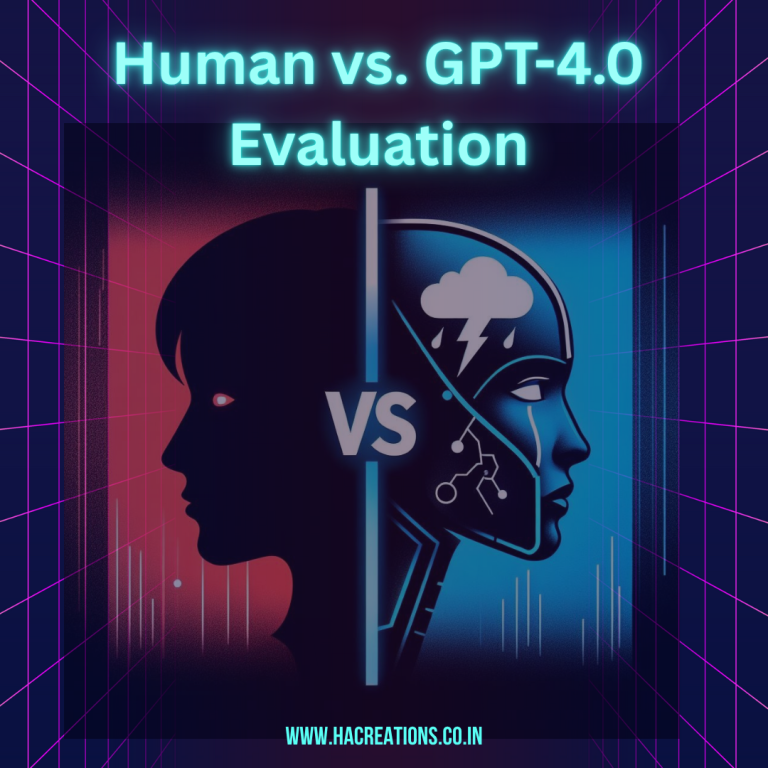Well we all know that how Artificial Intelligence is indulging in our Daily day to day life. Let’s figure it out some key points about what will Artificial Intelligence look like in 2024?
Artificial Intelligence (AI) is not just a technological progression; it is a transformative force shaping the future of our world. As we stand on the edge of 2024, the landscape of AI is evolving at an unusual pace.
Current State of AI (2023)
A. Key Achievements
In the current landscape, AI has achieved remarkable milestones. From autonomous vehicles to natural language processing, AI applications are expanding across various domains.
B. Major Players in AI Technology
Tech giants like Google, Microsoft, Open AI and Amazon continue to lead the way in AI research and development. Their investments in AI are shaping the future of technology.
Trends in ArtificiaI Intelligence (2024)
A. Advancements in Machine Learning
Now a days ,we know that Machine Learning, a subset of ArtificiaI Intelligence, is expected to witness significant progress. The ability of machines to learn and adapt will reach new heights, enhancing their problem-solving capabilities.Such as
Google TensorFlow
B. Integration of AI in Everyday Life
AI will become more ingrained in our daily activities, from personalized virtual assistants to smart homes. The seamless integration of AI will make technology more user-friendly.
C. Impact on Various Industries
Various industries, including healthcare, finance, and education, will experience a profound impact. AI applications will optimize processes, leading to increased efficiency and innovation.
Ethical Considerations
A. Privacy Concerns
The rise of AI raises valid concerns about privacy. As AI systems process vast amounts of data, protecting individuals’ privacy becomes a critical consideration.
B. Bias and Fairness in AI
Ensuring fairness in AI algorithms is a persistent challenge. Developers must address bias in data and algorithms to prevent discriminatory outcomes.
Challenges and Opportunities
A. Technical Challenges
Despite advancements, AI faces technical challenges such as explainability and interpretability. Overcoming these challenges will be crucial for widespread acceptance.
B. Opportunities for Innovation
The challenges posed by AI present opportunities for innovation. Entrepreneurs and researchers will explore novel solutions to push the boundaries of AI capabilities.
AI in Different Sectors
A. Healthcare
Artificial Intelligence’s role in healthcare will expand, from diagnostic tools to personalized medicine. The integration of AI will lead to more accurate diagnoses and improved patient outcomes.
B. Finance
In the financial sector, AI algorithms will enhance fraud detection, risk management, and customer service. The dynamic nature of financial markets makes AI a valuable asset.
C. Education
AI in education will revolutionize learning experiences. Personalized learning paths and AI-driven tutoring systems will cater to individual student needs.
The Role of AI in Society
A. Job Market Transformations
The integration of AI in industries will reshape the job market. New roles focusing on AI development and maintenance will emerge, requiring a shift in workforce skills.
B. AI’s Influence on Decision-Making
AI’s ability to analyze vast datasets will influence decision-making at both individual and organizational levels. Human-AI collaboration will become the norm.
AI and Creativity
A. AI in Art and Design
AI’s foray into the creative realm is both exciting and controversial. From generating art to designing products, AI’s creative contributions are gaining attention.
B. Challenges and Controversies
The intersection of AI and creativity raises ethical questions, including authorship and originality. Striking a balance between human creativity and AI assistance is a ongoing challenge.
Future Possibilities
A. Collaborations between AI and Humans
The future holds the promise of increased collaboration between AI and humans. Combining human intuition with AI capabilities will lead to groundbreaking achievements.
B. Potential Breakthroughs
Anticipating unforeseen breakthroughs, the potential for game-changing developments in AI is high. Innovations may come from unexpected sources, driving the evolution of AI.
AI Regulation and Governance
A. International Efforts
The need for global standards in AI regulation is evident. International collaborations are essential to address ethical concerns, ensuring responsible AI development.
B. Balancing Innovation and Control
Striking a balance between fostering innovation and maintaining control over AI applications is a delicate challenge. Regulatory frameworks must adapt to the rapidly evolving AI landscape.
Predictions from Experts
A. Insights from Industry Leaders
Leading experts in the field share their insights on the trajectory of AI in 2024. Diverse perspectives provide a comprehensive view of the anticipated developments.
Molham Aref, Founder and CEO at Relational AI
Extreme Hype Around Generative AI will Diminish, True Generative AI Deployments Will Emerge
“In the new year, we will also begin to see the extreme overhype around generative AI start to diminish. I’ve been working in, and around, AI since the early nineties, AI has always been prone to be overhyped. Having said that, I think we are going to see enterprises actually deploying generative AI in more measured and meaningful ways. As with most new technology adoption in the enterprise, it’s going to take longer for these kinds of AI systems to become part of enterprise software in the ERP or HCM sense, but real value will start to be created next year. We will be able to calibrate our expectations appropriately once we begin to see its true impact.”
Dhruba Borthakur, Co-Founder and CTO at Rockset
In 2024, Enterprises Get A Double Whammy from Real-Time and AI – More Cost Savings and Competitive Intelligence
“AI-powered real-time data analytics will give enterprises far greater cost savings and competitive intelligence than before by way of automation, and enable software engineers to move faster within the organization. Insurance companies, for example, have terabytes and terabytes of data stored in their databases, things like documentation if you buy a new house and documentation if you rent.
With AI, in 2024, we will be able to process these documents in real-time and also get good intelligence from this dataset without having to code custom models. Until now, a software engineer was needed to write code to parse these documents, then write more code to extract out the keywords or the values, and then put it into a database and query to generate actionable insights. The cost savings to enterprises will be huge because thanks to real-time AI, companies won’t have to employ a lot of staff to get competitive value out of data.”
B. Diverse Perspectives on AI in 2024
Experts predict a future where AI is seamlessly integrated into everyday life, transforming industries and influencing societal norms. Diverse perspectives highlight the dynamic nature of AI’s future.
Preparing for the AI Future
A. Skill Development
Individuals and organizations must invest in developing skills relevant to the AI landscape. Continuous learning is key to staying abreast of advancements.
B. Educational Initiatives
Educational institutions play a pivotal role in preparing the workforce for the AI future. Curricula should incorporate AI-related courses to equip students with the necessary skills.
AI’s Impact on Cybersecurity
A. Potential Threats
As AI capabilities grow, so do potential threats to cybersecurity. Addressing vulnerabilities and implementing robust cybersecurity measures is paramount.
B. Defensive Measures
Developing advanced defensive measures against AI-driven cyber threats is imperative. Collaboration between cybersecurity experts and AI developers is essential for safeguarding digital assets.
Public Perception of AI
A. Media Influence
Media plays a significant role in shaping public perception of AI. Responsible reporting and accurate portrayal are crucial for fostering informed opinions.
B. Public Awareness Campaigns
Initiatives to educate the public about AI, its benefits, and potential risks are essential. Transparent communication will bridge the gap between technological advancements and public understanding.
Conclusion
A. Recap of Key Points
The journey into the future of AI is both exciting and challenging. From advancements in machine learning to the ethical considerations surrounding AI, the landscape is dynamic and multifaceted.
B. Emphasis on the Dynamic Nature of AI
As we peer into 2024, one thing is certain: the dynamic nature of AI will continue to shape our world. Embracing this evolution with a balanced approach ensures a future where AI benefits humanity.





Thanks for the auspicious writeup. It in fact used to be a amusement account
it. Look complex to more added agreeable from you! By the way, how could we communicate?